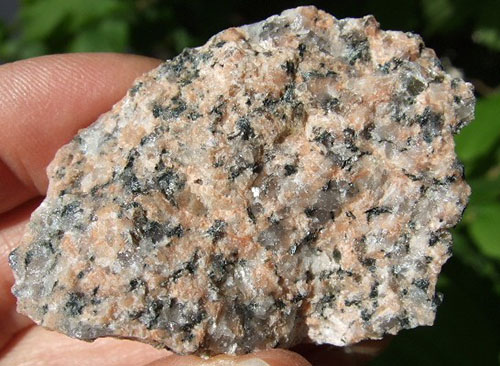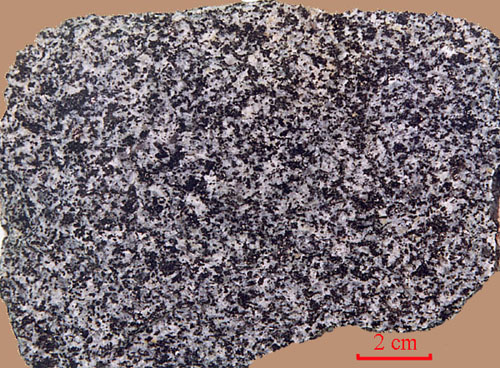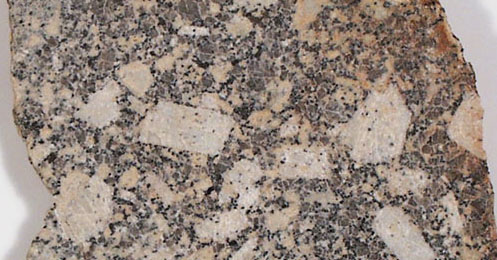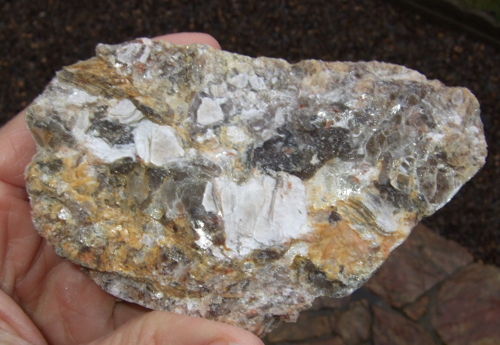
Cette série de earthcaches vous mènera sur un haut lieu de mémoire de Saint-Quentin. Outre le monument principal, plusieurs petits monuments, réalisés en diverses roches, se trouvent sur le site.
Le monument
Le Monument aux Morts de St-Quentin fut inauguré le 31 juillet 1927 en présence du chef d’Etat-major de l’armée française, le général Debeney, et du commandant des troupes qui libérèrent la ville le 1er octobre 1918, le général Nollet.
Dès 1921, la ville de Saint Quentin décide d’édifier un monument aux morts sur l’emplacement d’un moulin détruit pendant la guerre, le moulin d’Isle sur la Somme. Elle sollicite l’architecte Paul Bigot, grand prix de Rome. Il construit un mur de granite, long de 31m et haut de 8m, découpé dans sa partie inférieure de neuf baies séparées par dix piédroits.
Sur ces colonnes sont gravés notamment les noms des 1361 victimes de la grande guerre, soldats et citoyens victimes de l’occupation. Chaque liste de noms est surmontée d’une couronne triomphale.
Le linteau sur sa partie centrale est orné d’un large bas-relief dédié aux combats de tranchées de 1914 à 1918 et à l’exode de mars 1917. Les deux bas-reliefs latéraux évoquent les guerres de 1557 et 1870.
Les bas-reliefs sont l’œuvre de deux sculpteurs, eux aussi, grands prix de Rome en 1900 et 1901 : Henri Bouchard qui participa à la décoration du paquebot « Normandie », et Paul Landowski qui est l’auteur du « Christ rédempteur » de la baie de Rio de Janeiro.
Le granite
Le granite est une roche magmatique plutonique très commune (équivalent volcanique : rhyolite), grenue (entièrement constituée de grains visibles à l'œil nu), de teinte claire (blanche, grise, rosée, rouge, bleutée).

Il contient les minéraux essentiels suivants, constituant 80% de la roche :
- quartz xénomorphe interstitiel ;
- feldspath alcalin (orthose, microline) ;
- plagioclase (albite, oligoclase) subautomorphe.
Les minéraux secondaires et accessoires sont très variés : mica, amphibole, pyroxène (rare), sphène, apatite, zircon, tourmaline, cordiérite parfois, etc.
La composition chimique est en moyenne :
- SiO2 = 73-74 %
- AL2O3 = 13-14 %
- Na2O + K2O = 8-9 %
- oxydes de Fe, Mn, Mg, Ca = 2-3 %
Les granites, ou plus généralement les granitoïdes, forment la plus grande partie de l'écorce des continents et de nombreux types peuvent être distingués.
Texture
La texture est généralement équante (cristaux répartis aléatoirement, sans orientation), parfois planaire (avec concentration de minéraux selon certains plans) d'où un débit en dalles, épaisses de 1 à plusieurs mètres.
Structure
► La structure est en général largement grenue (cristaux de 1 à 5 mm et plus), ou à grain régulier de 1-2 mm (granite saccharoïde) :

► les faciès à grain fin (0,5 mm) sont les aplites (= granites aplitiques) :

► la présence de grands cristaux isolés (souvent feldspaths automorphes, en "dents de cheval") définit les granites porphyroïdes :

► si tous les cristaux sont de grande taille, on a des pegmatites :

La earthcache

Pour pouvoir valider cette earthcache, vous devrez répondre correctement aux questions suivantes.
Merci d’envoyer vos réponses via mon profil ou via la messagerie geocaching.com, ne les donnez pas dans votre log.
Vous pouvez ensuite loguer la cache "found it", je vous contacterai en cas de problème.
1) Qu'est-ce qu'une roche magmatique ?
2) Voici une description des minéraux du granite constituant le monument principal :
- feldspath : cristaux blancs, opaques ;
- quartz : cristaux translucides à éclat gras ;
- biotite : mica noir, à éclat métallique.
Indiquez à quels minéraux correspondent les chiffres sur la photo nommée "Q2".
3) Trouvez le monument sur lequel se trouve la gravure de la photo nommée "Q3".
a. Quelle type de structure possède ce granite ? Et celui du monument principal ? Justifier ces réponses.
b. Quelle autre différence existe-t-il entre ces 2 granites ?
4) Vous pouvez également ajouter à votre log une photo de vous ou de votre GPS devant le grand monument (facultatif mais grandement apprécié).
Merci à yamathom pour la création de cette earthcache.

This series of earthcaches will take you on a place of remembrance of Saint-Quentin. Besides the main memorial, several smaller memorials, made of various rocks, are on the site.
The memorial
The War Memorial of St-Quentin was inaugurated July 31, 1927 in the presence of the Chief of Staff of the French Army, General Debeney, and commander of the troops who liberated the city on 1 October 1918, General Nollet.
In 1921, the city of Saint Quentin decided to build a memorial on the site of a mill destroyed in the war, the mill of Isle on the Somme. She requested the architect Paul Bigot, Great Price of Rome. He built a granite wall, 31m long and 8m high, carved in the lower part of nine bays separated by ten jambs.
On these columns are engraved the names of 1361 victims of the Great War, soldiers and citizens who are victims of the occupation. Each list of names is surmounted by a laurel wreath.
The lintel of the central part is decorated with a large bas-relief dedicated to the 1914 trenches fighting in 1918 and the exodus of March 1917. The two side reliefs evoke the wars of 1557 and 1870.
The reliefs are the two sculptors, also great Price of Rome in 1900 and 1901: Henri Bouchard who participated in the decoration of the liner "Normandie" and Paul Landowski is the author of "Christ the Redeemer" of the Bay of Rio de Janeiro.
Granite
Granite is an igneous plutonic rock very common (volcanic equivalent: rhyolite), granular (entirely of grains visible to the naked eye), light-colored (white, gray, pink, red, blue).

It contains the following essential minerals, constituting 80% of the rock:
- Anhedral interstitial quartz;
- Alkali feldspar (orthoclase, microcline);
- Plagioclase (albite, oligoclase) subautomorphe.
Secondary minerals and accessories are varied: mica, amphibole, pyroxene (rare), sphene, apatite, zircon, tourmaline, sometimes cordierite, etc.
The chemical composition is on average:
- SiO2 = 73-74 %
- AL2O3 = 13-14 %
- Na2O + K2O = 8-9 %
- oxides of Fe, Mn, Mg, Ca = 2-3 %
Granites, or more generally granitoids, form the largest part of the crust of the continents and many types can be distinguished.
Texture
The texture is generally equante (crystals randomly distributed, without orientation), sometimes planar (with concentration of minerals according to some shots) where a slab flow, thick one to several meters.
Structure
► The structure is generally widely grainy (crystals of 1 to 5 mm or more), or regular grain of 1-2 mm (saccharoïde granites):

► Fine grained facies (0.5mm) are aplites (= aplitic granites):

► The presence of large single crystals (feldspars often amorphous in "horse teeth") defines the porphyritic granites:

► If all the crystals are large, we have pegmatites:

The earthcache

To be able to validate this earthcache, you will have to correctly answer the following questions.
Thank you for sending your answers via my profile or the geocaching.com messaging, don't take it in your log.
You can then post your log "found it", I shall contact you in case of problem.
1) What is a igneous rock?
2) A description of the granite minerals being the main monument:
- Feldspar: white crystals, opaque;
- Quartz: crystals translucent greasy luster;
- Biotite: black mica metallic luster.
Indicate which minerals are the numbers on the photo named "Q2".
3) Find the monument on which is the engraving of the photo named "Q3".
a. What type of structure that granite has? And that of the main monument? Justify those answers.
b. What other difference is there between these two granites?
4) You can also add to your log a picture of you or your GPS in front of the memorial (optional but strongly appreciated).
Merci à yamathom pour la création de cette earthcache.